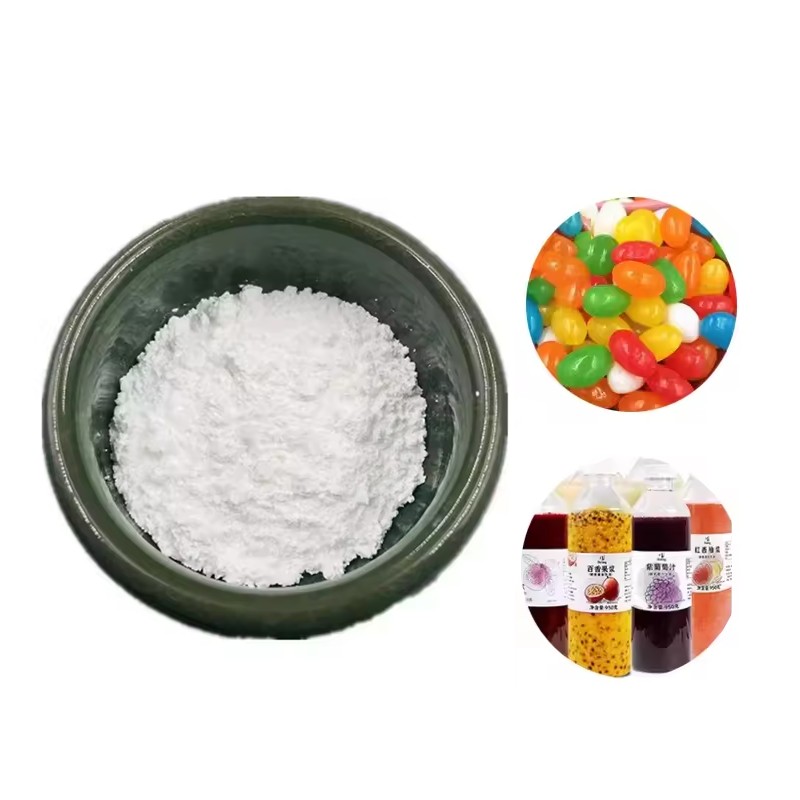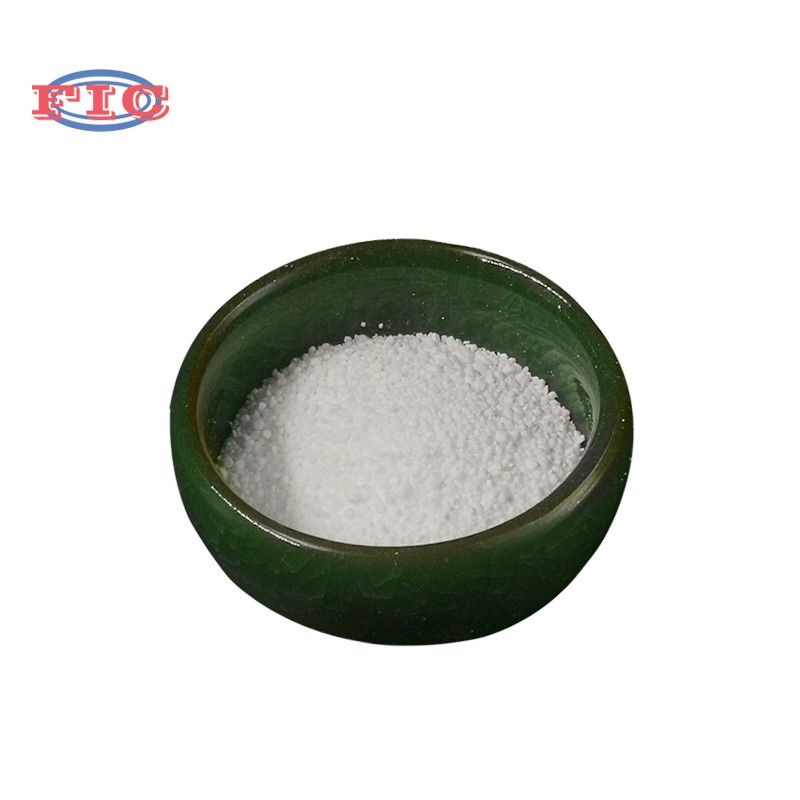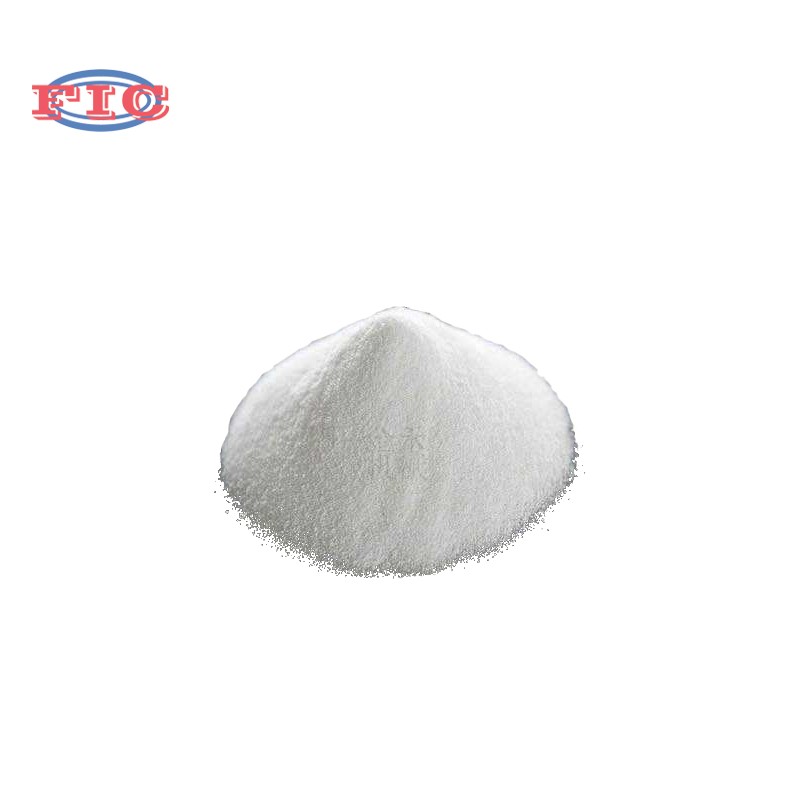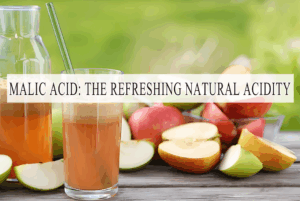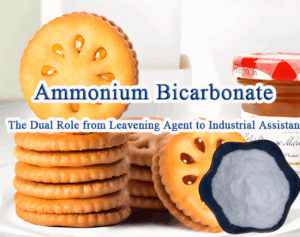En la ciencia alimentaria, la carboximetilcelulosa (CMC) se ha convertido en un ingrediente estrella, reconocido por su capacidad para mejorar la textura, la estabilidad y la funcionalidad en innumerables productos alimenticios. También conocida como carboximetilcelulosa sódica o goma de carboximetilcelulosa, este versátil polímero derivado de la celulosa natural ofrece beneficios inigualables, especialmente en la industria de alimentos y bebidas. Analicemos por qué la CMC se ha convertido en un ingrediente fundamental en la formulación de alimentos moderna, junto con un breve resumen de su papel en otros sectores.
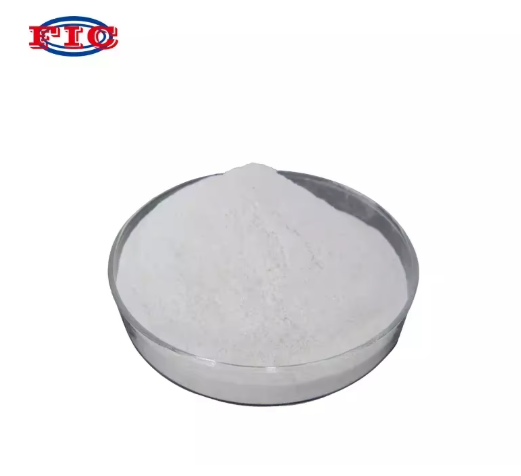
¿Qué es la carboximetilcelulosa (CMC)?
La carboximetilcelulosa se origina como un polímero natural, extraído de pulpa de madera o borra de algodón, y se somete a un proceso químico suave para convertirse en un polvo inodoro y soluble en agua. Su forma de sal sódica (carboximetilcelulosa sódica) aumenta la solubilidad y la estabilidad, lo que la hace ideal para sistemas alimentarios acuosos. Ya sea que se etiquete como carboximetilcelulosa sódica en las especificaciones técnicas o como goma de carboximetilcelulosa en la lista de ingredientes, sus principales ventajas son: excepcionales propiedades espesantes, emulsionantes y de retención de humedad.
Tiene beneficios únicos. La industria alimentaria lo utiliza para resolver muchos problemas comunes, como mejorar el sabor o prolongar la vida útil de los alimentos. Así es como funciona bien en diferentes productos:
Carboximetilcelulosa usos en alimentos
Espesamiento y mejora de la textura
Sopas, salsas y aderezos: El CMC aporta una viscosidad suave y uniforme sin alterar el sabor. A diferencia de otros espesantes, conserva la textura a pesar de los cambios de temperatura, lo que lo hace perfecto para comidas preparadas o aderezos refrigerados.
Panadería y Confitería: En el pan sin gluten, la goma de carboximetilcelulosa imita la estructura elástica del gluten, mejorando la suavidad de la miga y la retención de humedad. También estabiliza rellenos y glaseados, previniendo la cristalización del azúcar.
Alternativas lácteas y de origen vegetal: mejora la sensación en boca en yogures, cremas y leches vegetales, al tiempo que previene la agregación de proteínas en la leche de almendras o de avena.
Estabilización de emulsiones
Aderezos para ensaladas y adobos: Mantiene las fases de aceite y agua mezcladas, incluso después de un almacenamiento prolongado, eliminando la necesidad de agitarlas constantemente.
Postres congelados: Reduce la formación de cristales de hielo en el helado, lo que da como resultado una textura más suave y cremosa que se mantiene consistente desde la producción hasta el consumo.
Extensión de la vida útil y control de la humedad
Productos horneados: actúa como humectante, reteniendo la humedad para evitar que se pongan rancios y prolongar la vida útil, algo fundamental para el pan, los pasteles y las tortillas envasados.
Carnes procesadas: Mejora la retención de agua en salchichas y fiambres, mejorando la jugosidad y reduciendo la pérdida por goteo durante el almacenamiento o la cocción.

Si bien los alimentos dominan sus aplicaciones, el CMC también desempeña un papel clave en:
Productos farmacéuticos: como aglutinante de comprimidos, agente de recubrimiento o componente de apósitos para heridas, garantizando la precisión de la administración del medicamento y la estabilidad del producto médico.
Cuidado personal: Espesa champús, cremas y maquillaje, al mismo tiempo que estabiliza los pigmentos y mejora la capacidad de esparcimiento.
Soluciones industriales: Regula la viscosidad en lodos de perforación petrolera y mejora la calidad del recubrimiento de papel, aunque estos usos quedan en segundo plano frente a su brillantez culinaria.
En general, la CMC desempeña un papel fundamental en la formulación moderna de alimentos. Su capacidad para modificar eficazmente la textura, estabilizar emulsiones y controlar el contenido de humedad la ha convertido en un ingrediente valioso en una amplia gama de productos alimenticios. A medida que la industria alimentaria continúa buscando soluciones eficientes y eficaces, la CMC sigue siendo un componente clave, contribuyendo tanto a la calidad del producto como a la satisfacción del consumidor.

